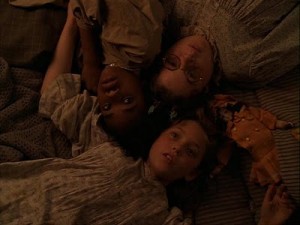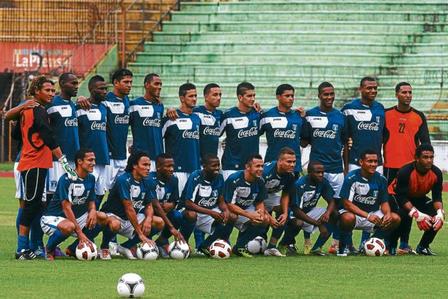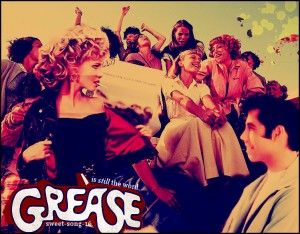The Woes of Mr. Potato Head
“In 1952, Hassenfield Brothers, a maker of pencil boxes and other school supplies, began advertising its new toy product, Mr. Potato Head, on TV.” (Chudacoff 172) The original Mr. Potato Head was actually relevant to a potato, or any fruit or vegetable for that matter. They were sold by Hasbro in $1-2 accessory packs to stick into fruit that was bought separately by the consumers’ own means. The entire idea was that children could create faces that never looked the same.
“A crucial shift involved consumer items for very young children. Soft, cuddly toys, like the teddy bear, appeared in American markets” (Stearns 7) like many of those things, Mr. Potato Head lost its original intent and Hasbro started producing plastic “potatoes” with holes for the accessories. Children didn’t get a chance to play with fruit anymore. Mr. Potato Head has created a huge revenue as he was featured in the Disney movie “Toy Story.” When I went to Disney world 12 years ago I remember going on a “3D adventure” with Mr. Potato Head. All of this was born out of simple appendages stuck into fruits and vegetables.

Screen shot of the search "Mr. Potato Head" on Google, showing the "classic" look of Mr. Potato Head, in all of which he looks the same
The true value of this toy was that it promoted creativity in children. They could make a potato look happy and a squash look mean. The plastic potato that is now sold was obviously a successful way to make more money from parents who don’t want their children wasting food and have to deal with the tantrums from the children who want to keep rotten Mr. and Mrs. Cantaloupe Heads. However, now all Potato Heads look the same. There are only so many looks you can give the potato without buying more accessories to go with it. Mr. Potato Head went from being a $1-2 toy, to essentially a gender neutral Barbie, always needed a new accessory. This fixed the problem that “boys and girls were attracted to dissimilar products,” (Chudacoff 180) but created a new one: You have to continue to buy accessories to personalize your Mr. and Mrs. Potato Heads. An accessory kit can run about $20 each according to Amazon but at the rate of childhood boredom, will one be enough?







![easy-bake-oven[1]](http://popcultureandamericanchildhood.com/wp-content/uploads/2012/02/easy-bake-oven1-300x257.jpg)

